DIRECTIONS – Take notes! Do not rush through the 5 steps below! Do you like Turkish movies or Netflix series?
- Know what is your AP focus (objective). Go to your Unit Guide For APWH – p. 70. Review Using the Unit Guide.
2. TIME MAP
World 1453 CE
All the advances made in all regions of Eurasia have now reached Europe. Here, they combine and fizz, and begin to change every aspect of European civilization.
World 1648 CE
Europeans have pioneered maritime trading systems which, for the first time, span the entire globe. These lead to vast changes in both Eastern and Western Hemispheres.
Europe 1215 CE
European feudalism is at its height.
Europe 1453 CE
The old feudal order is beginning to give way to early modern Europe, with the Italian Renaissance and the age of exploration under way.
Middle East 1453 CE
The Middle East has been ruled by a succession of conquerors from central Asia.
Middle East 1648 CE
The Ottoman empire now dominates most of the Middle east.
The Middle East has been ruled by a succession of conquerors from central Asia.
India and South Asia 1453 CE
The history of India has entered a new phase with the dominance of Muslim-ruled states throughout most of the subcontinent.
India and South Asia 1648 CE
The Mughal empire now rules much of the sub-continent, marking a high point in the history of Indian civilization.
National Geographic – Interactive Mapping
Contents
3.
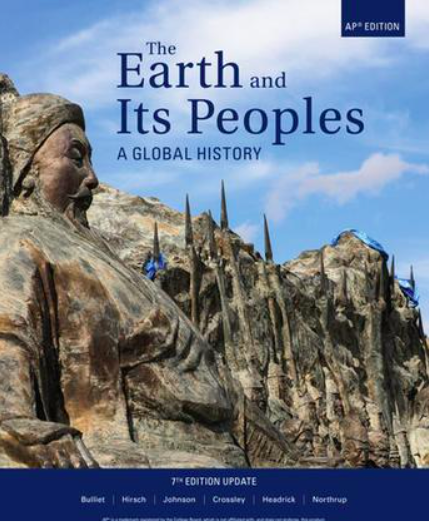 ASSIGNED TEXTBOOK READING – Ch 5 (p. 128-138). Use the following resource: Textbook Reading Guidelines
ASSIGNED TEXTBOOK READING – Ch 5 (p. 128-138). Use the following resource: Textbook Reading Guidelines
4.
| Video | Content | Historical Thinking Skills |
|---|---|---|
| 1st Video | analyze internal and external factors that contribute to state formation, expansion, and decline during the period 1450 – 1750CE | 4A – Identify and describe a historical context for a specific historical development or process. |
| 2nd Video | Empires: ADministration | HTS practice – define and practice contextualization historical events and processes |
 In this video Heimler explains how the land-based empires in the period 1450-1750 consolidated and legitimized their power. As rulers began to centralize their power, they needed ways to exercise their will and convince their people that they were in charge.
In this video Heimler explains how the land-based empires in the period 1450-1750 consolidated and legitimized their power. As rulers began to centralize their power, they needed ways to exercise their will and convince their people that they were in charge.
Almost all of the empires during this time (Ottoman Empire, Mughal Empire, Qing Dynasty, Tokugawa Shogunate, etc.) established extensive bureaucracies in order to carry out their will. One major function of these bureaucracies was collecting taxes. The Mughals did this through zamindars. The Ottomans had the devshirme system. And other empires similarly executed their wills.
6. Freemanpedia-pedia: CLICK HERE
7. Movie Time! Watch and enjoy the following:
- Muhtesem Yüzyıl: Kösem (tv series)
- Rise of Empires: Ottoman
The above Turkish drama series may contain adult material so be sure to watch it with your parents or guardian. Also, be sure to focus on the visual and cultural interpretations that it offers (but be wary and skeptical of the over dramatization and historical inaccuracies that it may also contain).

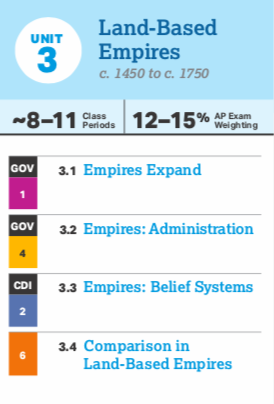

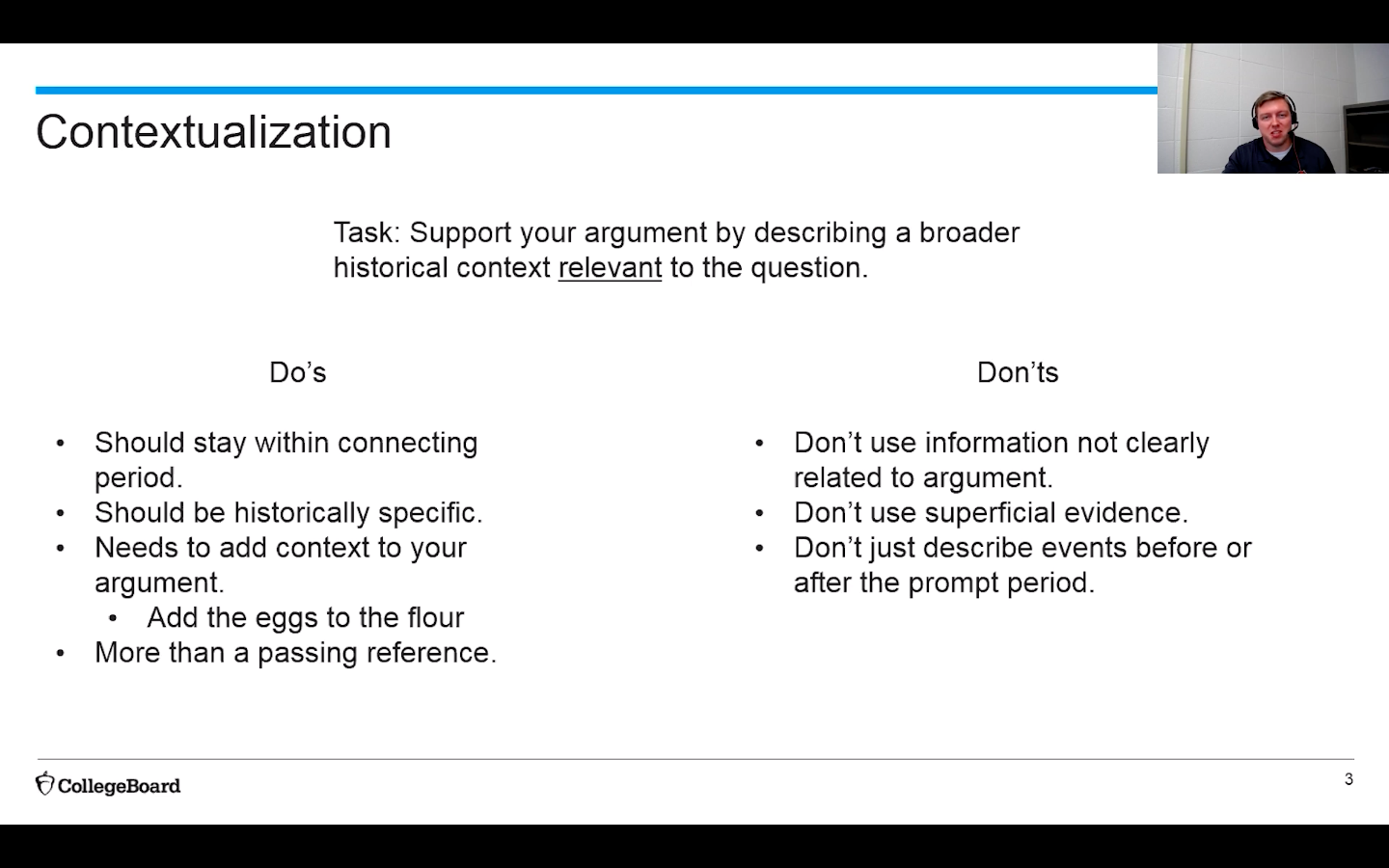

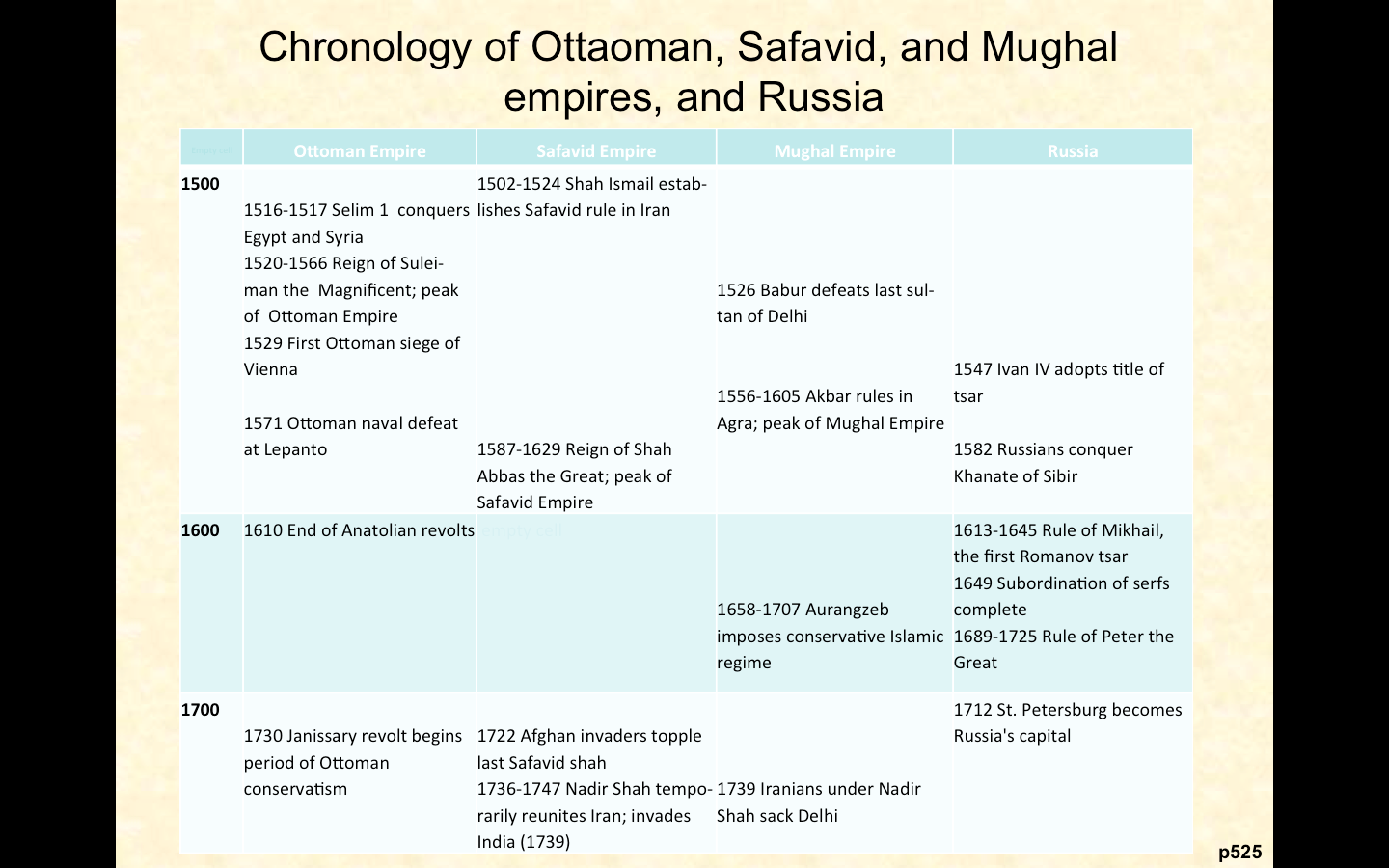
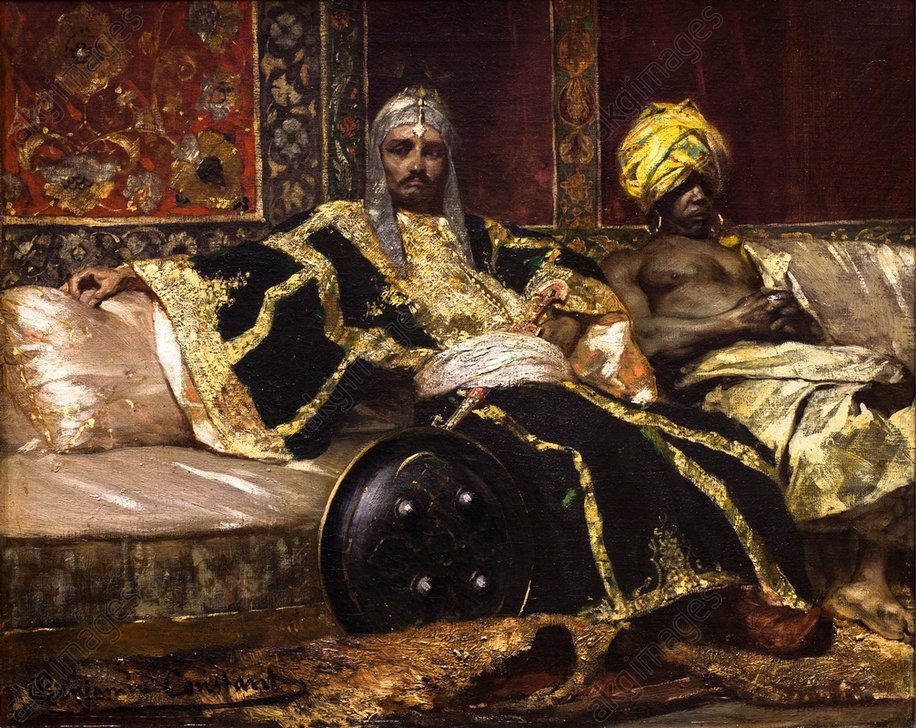
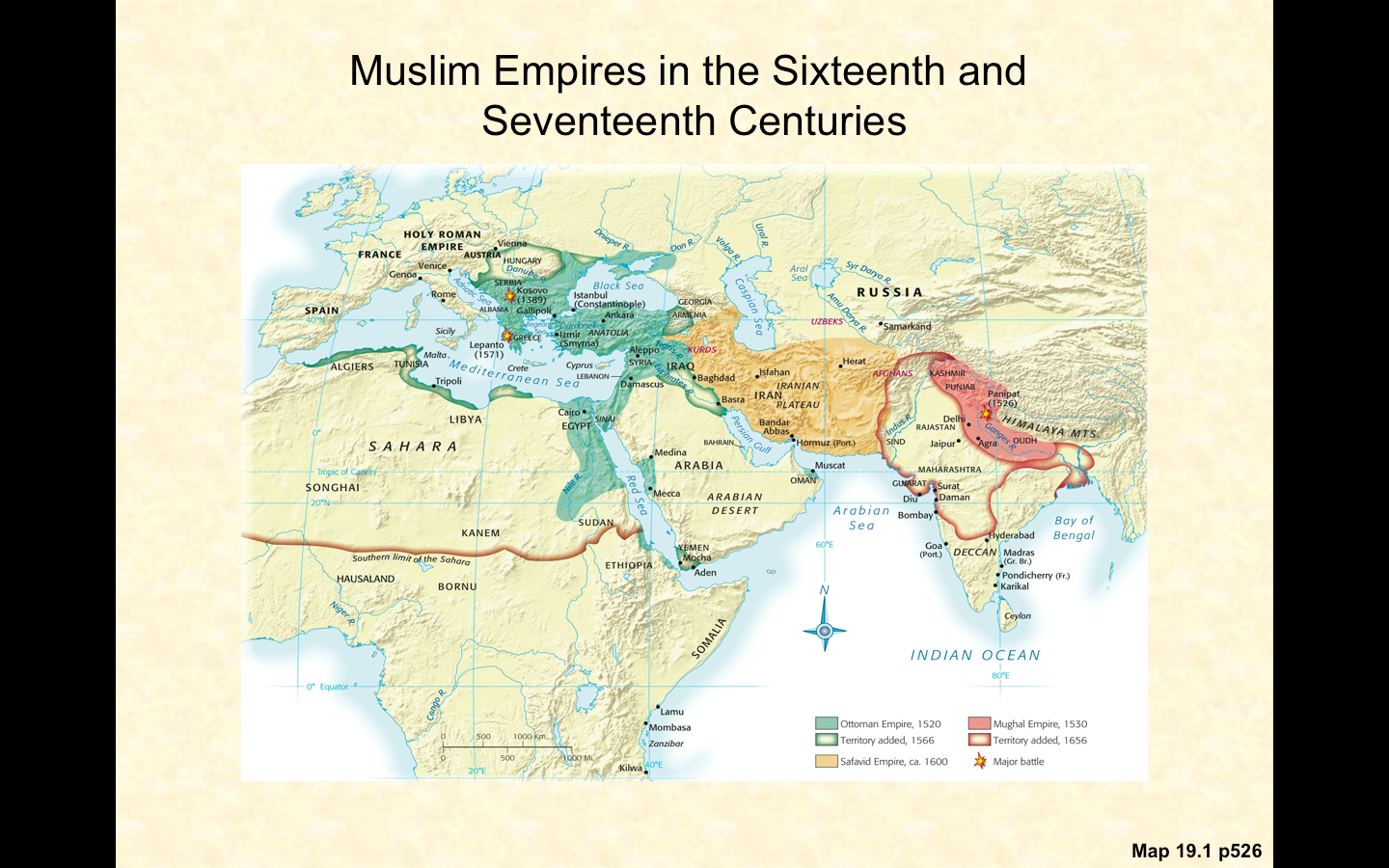
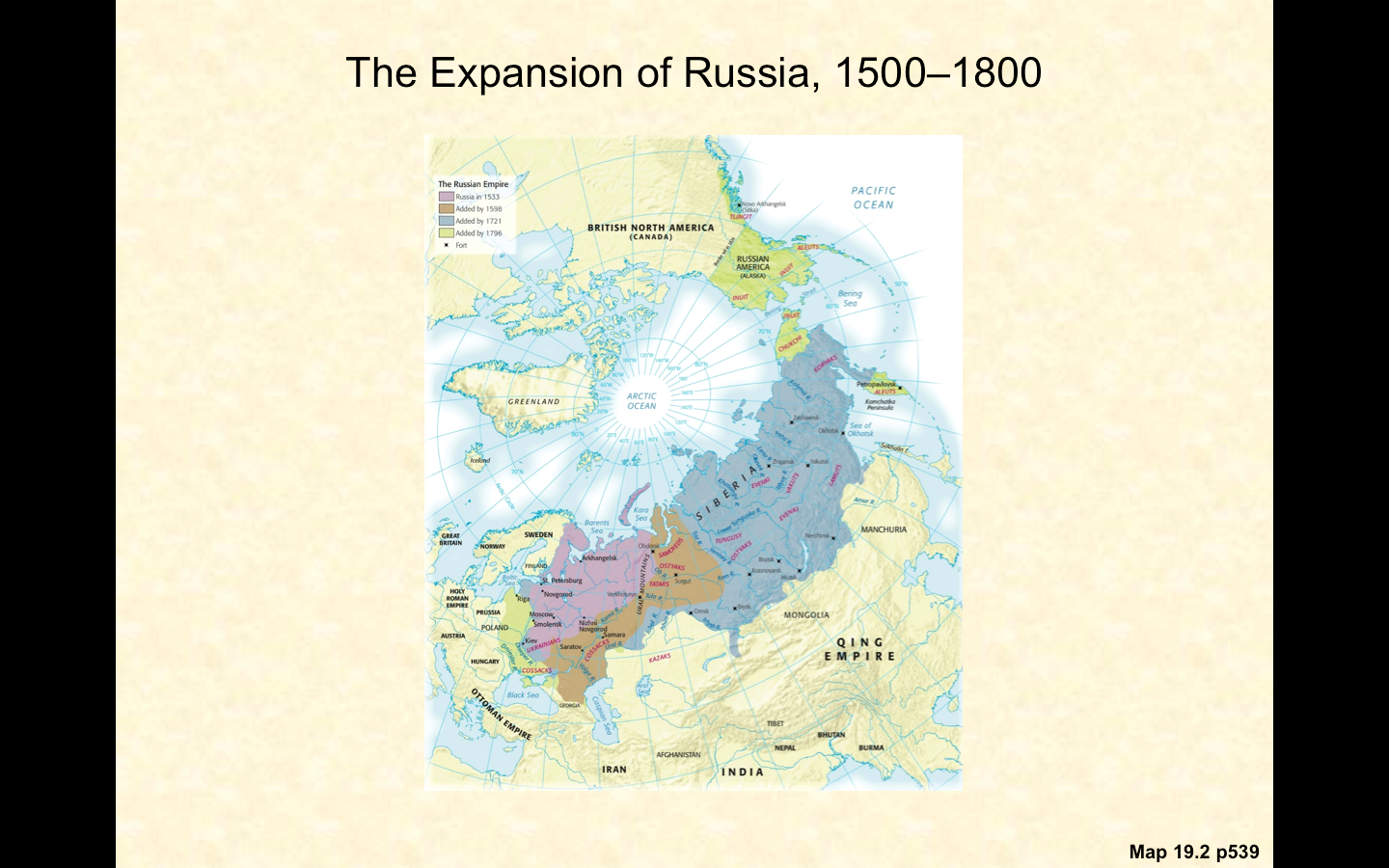

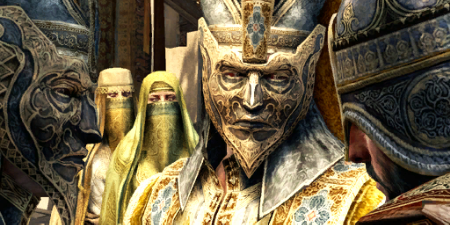
You must be logged in to post a comment.